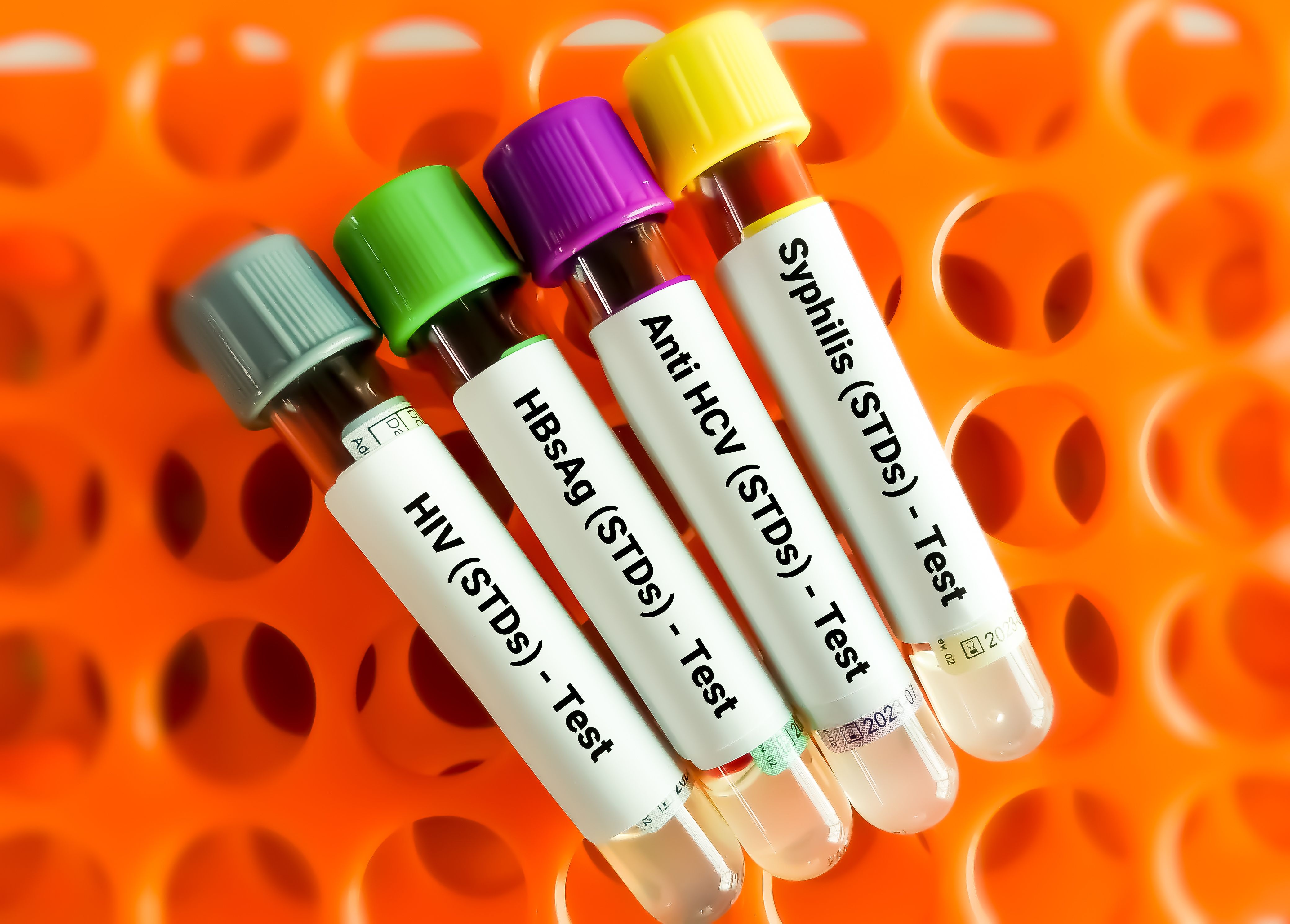- Center on Health Equity & Access
- Clinical
- Health Care Cost
- Health Care Delivery
- Insurance
- Policy
- Technology
- Value-Based Care
STI Epidemic May Be Slowing, CDC Data Suggest
Latest data from the CDC shows signs that the number of sexually transmitted infections (STIs) is declining.
Although more than 2.4 million cases of sexually transmitted infections (STIs) were reported in 2023, new data reveals promising signs that the epidemic is slowing.1

"I see a glimmer of hope amidst millions of STIs," said Jonathan Mermin, MD, MPH, Director of CDC's National Center for HIV, Viral Hepatitis, STD, and TB Prevention, in a statement. "After nearly 2 decades of STI increases, the tide is turning. We must make the most of this moment—let's further this momentum with creative innovation and further investment in STI prevention."
In 2023, over 209,000 cases of syphilis, over 600,000 cases of gonorrhea, and over 1.6 million cases of chlamydia were reported.2 Moreover, the combined count of over 2.4 million STIs includes 3882 cases of congenital syphilis, including 279 congenital syphilis stillbirths and neonatal/infant deaths.
Although the total number of STIs remains high, there was an overall decrease of 1.8% from 2022 to 2023. Gonorrhea cases fell by 7.2%, while chlamydia rates remained stable (change of less than 1%), and total syphilis cases increased by 1%.
With 601,319 cases reported, gonorrhea was the second most common nationally notifiable STI in the US. in 2023. Following a historic low in 2009, gonorrhea rates rose through 2021 but showed consecutive declines of 9.2% from 2021 to 2022 and 7.7% from 2022 to 2023. Reductions were seen across most age groups, genders, and racial/ethnic populations in 40 states, with the steepest decline among women (14.1%), especially those aged 20 to 24 years (14.6%) and 25 to 29 years (19.2%).
Since 2013, gonorrhea rates have been consistently higher among men than women, largely due to cases among men who have sex with men (MSM). Data from the STI Surveillance Network (SSuN) suggests that MSM accounted for about half of gonorrhea cases in 2023, though this varied by jurisdiction.
In 2023, there were 209,253 reported syphilis cases (all stages, including congenital), the highest number since 1950 and a 1.0% increase from 2022. This included:
- 53,007 primary and secondary (P&S) syphilis cases (a 10.2% decrease from 2022)
- 53,573 early non-primary, non-secondary syphilis cases (a 5.9% decrease)
- 98,791 cases of unknown duration or late syphilis (a 12.8% increase)
- 3882 congenital syphilis cases (a 3.0% increase)
The overall syphilis case rate per 100,000 people remained stable (from 61.1 to 61.3), but trends differed by stage. The rate of P&S syphilis fell by 10.7%, the first significant decline since 2001, with decreases across genders, age groups, and racial/ethnic populations in 41 states plus Washington D.C. However, the rate of unknown duration or late syphilis rose by 12.2%, possibly reflecting delayed diagnoses due to disruptions in STI services during the COVID-19 pandemic.
MSM accounted for 32.7% of all P&S syphilis cases and 57.5% of cases among men with known sex partners in 2023. Notably, P&S syphilis cases among MSM decreased by 13.4%, marking the first substantial decline in over 15 years, with reductions seen in both HIV-negative (8.5%) and HIV-positive MSM (11.4%).
In 2023, disparities in STI rates remained significant. Nearly half (48.2%) of all cases of chlamydia, gonorrhea, and syphilis (all stages) were among individuals aged 15 to 24 years. MSM experienced a disproportionate burden of STIs, including gonorrhea and P&S syphilis, with 37.2% of MSM diagnosed with P&S syphilis also having HIV. Additionally, 32.4% of all reported cases of chlamydia, gonorrhea, and P&S syphilis were among non-Hispanic Black or African American individuals, who make up only 12.6% of the US population. Rates of P&S syphilis and congenital syphilis were highest among American Indian or Alaska Native individuals.
These disparities likely reflect not only differences in sexual behavior but also inequities in access to quality sexual health care and variations in sexual network dynamics.1 In communities with higher STI prevalence, individuals face a greater risk of encountering an infected partner, regardless of similar sexual behavior patterns. Recognizing these inequities is crucial for empowering affected communities and guiding public health efforts to address systemic barriers and reduce the impact of STIs.
References
1. Despite over 2 million sexually transmitted infections reported in 2023, CDC data suggest that the STI epidemic may be slowing. CDC. News release. November 12, 2024. Accessed November 13, 2024. https://www.cdc.gov/media/releases/2024/p1112-sti-slowing.html.
2. National overview of STIs in 2023. CDC. November 12, 2024. Accessed November 13, 2024. https://www.cdc.gov/sti-statistics/annual/summary.html.
